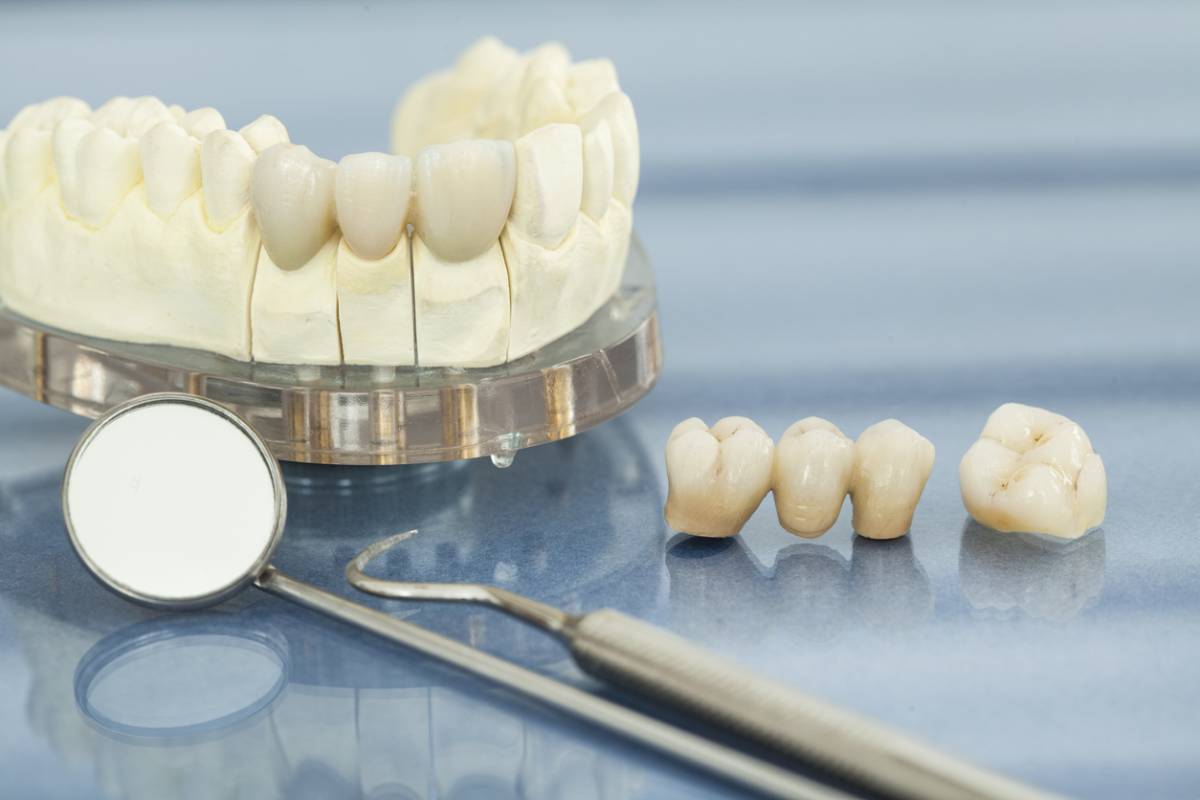Tooth repair and replacement are both fairly common procedures at your local dentist’s office. Deciding should I repair or replace a tooth might seem like a big choice. However, the difference between the two types of procedures isn’t really down to choice.
Your Orange County dentist will always suggest a repair if it is possible and in the best interest of your oral health, but replacement is sometimes necessary when the damage is simply too severe for a repair. In regard to understanding what makes a tooth unsalvageable, there are typically three instances that will require a tooth to be replaced.
- The damage has reached the pulp of the tooth.
- There’s an ongoing infection.
- There is too much decay to allow for a repair.
Should I Repair or Replace a Tooth?
Fortunately, much of this can be avoided by:
- Ttaking care of your teeth on a daily basis
- Seeing your dentist every six months for a check-up
- And going to the dentist right away when you have a problem
As long as that is the case, you’ll generally be able to repair the tooth unless you’re really unlucky. These are a few things your dentist can do to repair a damaged tooth.
Bonding
You know that material your dentist uses to create a natural-looking filling when treating a cavity? It’s a white resin often referred to as dental bonding. Just like with your fillings, this material can be used to fix superficial damage that hasn’t reached the pulp of the tooth. In most cases, dental bonding is only used to fix shallow cracks and very small chips.
Veneers
If you have a more substantial break in the tooth that still doesn’t affect the pulp, then a dental veneer may be a better choice. A veneer is an ultra-thin sheet of porcelain or white resin that is placed over your natural tooth. It can be shaped and colored to match your smile perfectly, so it’s the best choice for fixing an aesthetic problem that’s too much for dental bonding.
Crowns
A crown is best suited to more substantial cracks and breaks, especially when they fracture the grinding surface of one of your molars. Your dentist will essentially grind down the outside of the tooth prior to placing a white porcelain or resin cap over it. This cap is known as the crown, and it is built to perfectly fit your mouth using impressions.
Root Canal and Crown
A root canal is one of the few repair options available for severely damaged teeth. In some cases, the rest of the tooth is relatively healthy. So even a tooth with a dead pulp can be saved. Sadly, if there is a break in the tooth as well as damage to the pulp, then your dentist is less likely to take this approach. You see, during a root canal, your dentist essentially cleans out the diseased or dead core of the tooth. If there is additional damage, then the root canal and accompanying crown are less likely to be successful long-term.
When Repair Isn’t Wise
Maybe the tooth is severely damaged to the point where a root canal and crown are unlikely to hold. Then your dentist will almost certainly suggest extracting and replacing the tooth. You can always ask for a second opinion. But that could result in potentially harmful delays unless you can get an appointment right away.
Once you do decide that extraction and replacement in the way to go, you’ll have to decide what replacement option is best for you. This will depend on your general health and personal circumstances. However, if you are looking for a replacement option that will replace your tooth in regard to form and function, then dental implants in Irvine are the way to go.

